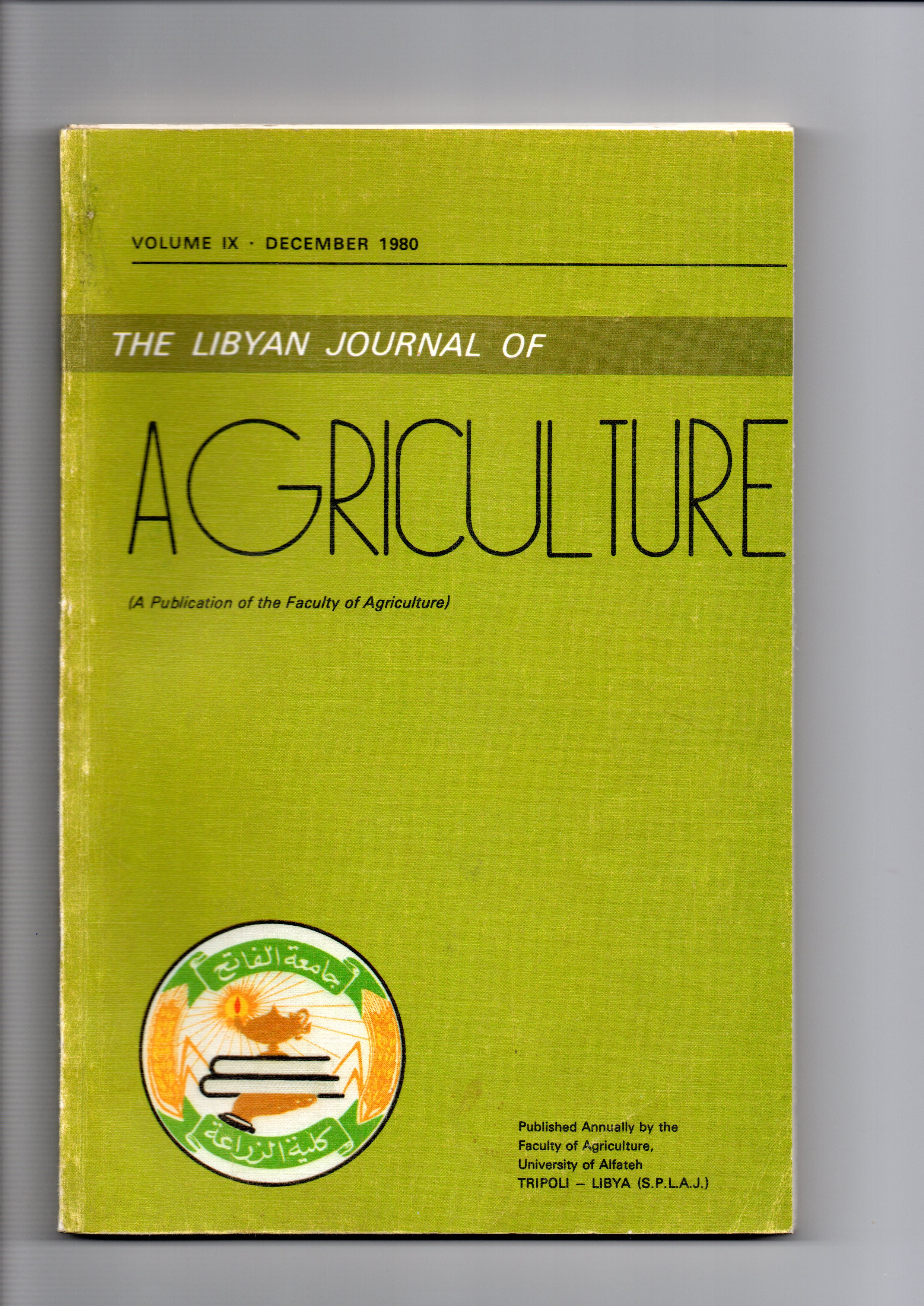Effect of Sulfuric Acid on Ammonia Volatilization under Furrow Irrigation
Main Article Content
Abstract
In this study, anhydrous ammonia (NHj) was applied in the irrigation water along with and without the additional sulfuric acid (H2SO4). Ammonia losses by volatilization were measured indirectly by measuring nitrogen (N) in soils, plant tissue and irrigation water at two field locations. This study showed that adding H2SO4 with irrigation water reduces the loss of nitrogen ammonia volatilization, especially when the irrigation water contained high levels of sodium relative to calcium. The reduction was as high as 49%.
According to this study H2SO4 application is recommended as the best and most economical way to minimize or prevent NH3 volatilization losses under alkaline soil conditions, especially for those waters high in Na. In particular, if summer application is necessary, the acid rates should be sufficient to reduce the water pH to near neutral during NH3 application. The data indicated that losses took place mostly from the soil and increased with distance along irrigation furrows.

